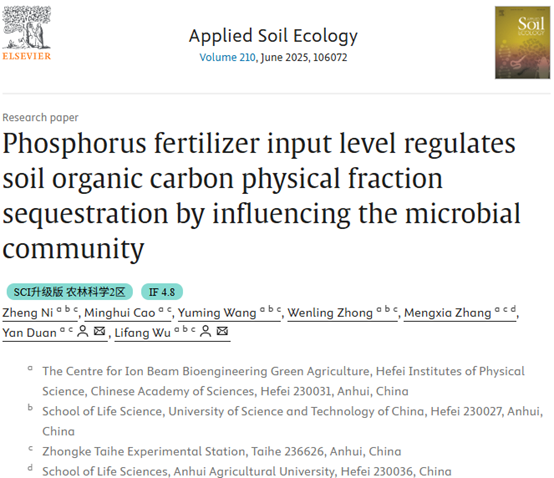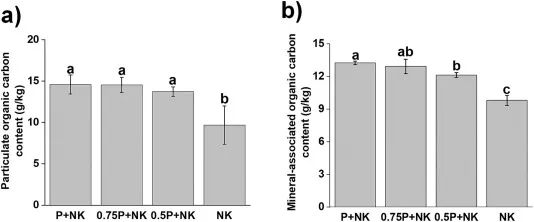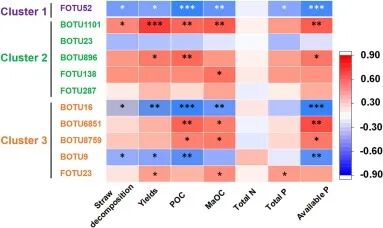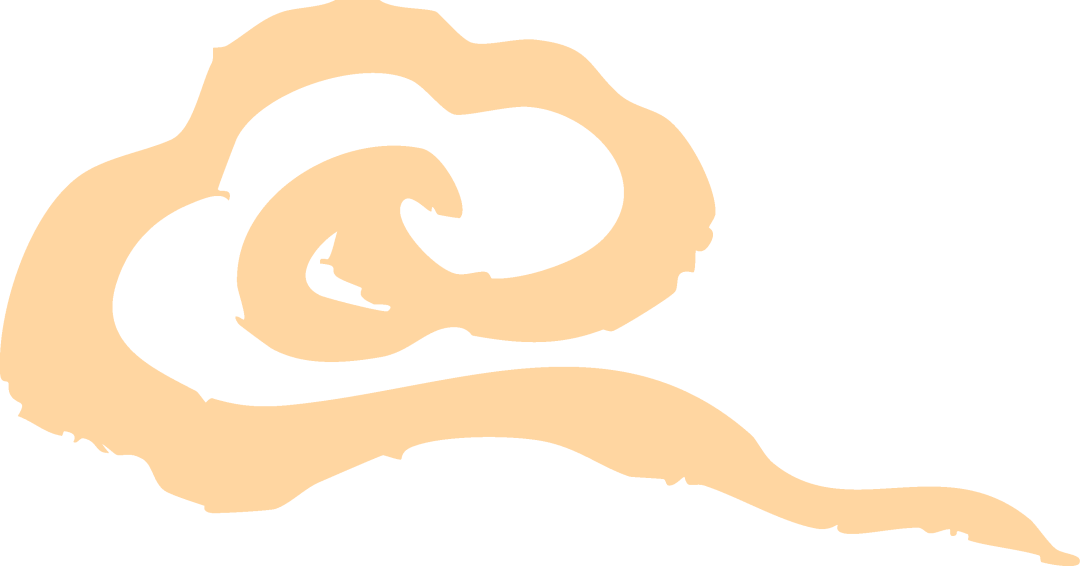Phosphorus fertilizer input level regulates soil organic carbon physical fraction sequestration by influencing the microbial community

Abstract
Background: Microbial-driven soil organic carbon (SOC) transformation has gained global attention due to its potential to improve soil fertility, enhance crop yields, and achieve carbon neutrality. Fertilization practices are a major factor regulating this process. To date, most related studies have focused on the impact of urea or nitrogen fertilizer levels on SOC accumulation. However, knowledge regarding the relationship between phosphorus (P) fertilizer levels, soil microbial communities, and SOC fraction turnover is still lacking.
Methods: Here, we conducted a four-year continuous in-situ field experiment following straw return, combined with conventional nitrogen and potassium fertilizers, with the following treatments: (i) conventional phosphorus fertilizer (P + NK); (ii) 25% reduced phosphorus fertilizer (0.75P + NK); (iii) 50% reduced phosphorus fertilizer (0.5P + NK); (iv) no phosphorus fertilizer (NK).
Results: Corn yield, SOC fractions, and microbial community responses varied under different phosphorus fertilizer levels. Regular fertilization maximized corn yield, macro-aggregate proportion, and average aggregate weight diameter. Under NK conditions, particulate organic carbon (POC) significantly decreased. Additionally, compared to conventional fertilization, mineral-associated organic carbon (MAOC) significantly decreased under 0.5P + NK and NK fertilization conditions. Furthermore, the turnover of SOC components was closely related to microbial communities and key taxa. Linear regression results indicated that communities in groups 2 and 3 were closely associated with POC and MAOC. The random forest model further predicted that key taxa in the co-occurrence network could significantly explain SOC variations. Overall, the bacterial richness of Chitinophagaceae and Saprospiraceae in group 3 showed a significant correlation with the bacterial richness of POC and MAOC. Specifically, the fungal richness of Lasiosphaeriaceae (group 2) was significantly positively correlated only with MAOC. Overall, fungi rather than bacteria drove the functional aspects of specific microbial communities, thereby influencing SOC turnover. The second community driven by Lasiosphaeriaceae promoted the chelation of MAOC, while the third community driven by Chitinophagaceae and Mortierellaceae simultaneously promoted the accumulation of both POC and MAOC.
Conclusion: Our findings enhance our understanding of the relationship between reduced P fertilizer, microbial communities, and SOC fractions. Additionally, we optimized fertilization practices to maintain crop yields. Specifically, reducing P fertilizer by 25% is a win-win strategy for optimizing fertilization and improving soil fertility.
Main Determination Indicators and Analysis Methods
1. Straw decomposition rate
2. Soil aggregate isolation and SOC fractionation
3. DNA extraction and quantification of general fungal ITS and bacterial 16S rRNA sequences
4. One-way ANOVA with Duncan’s test
5. Principal component analysis (PCA)
6. Co-occurrence network (We constructed microbial networks using bacteria and fungi with relative abundances >0.01 %; screened nodes with Pearson’s correlations >0.7 and P < 0.05)
7. Linear regressions
8. The random forest algorithm
Main Results

Soil particulate organic carbon (a) and mineral-associated organic carbon (b) under different treatments.

ZP plot showing the distribution of OTUs according to their module-based topological roles across the four treatments.

Heatmap revealing the correlation coefficients between keystone taxa richness and soil properties, crop yields and straw decomposition.
For detailed information, please refer to:



Click the “Read Original” button below to view the original text